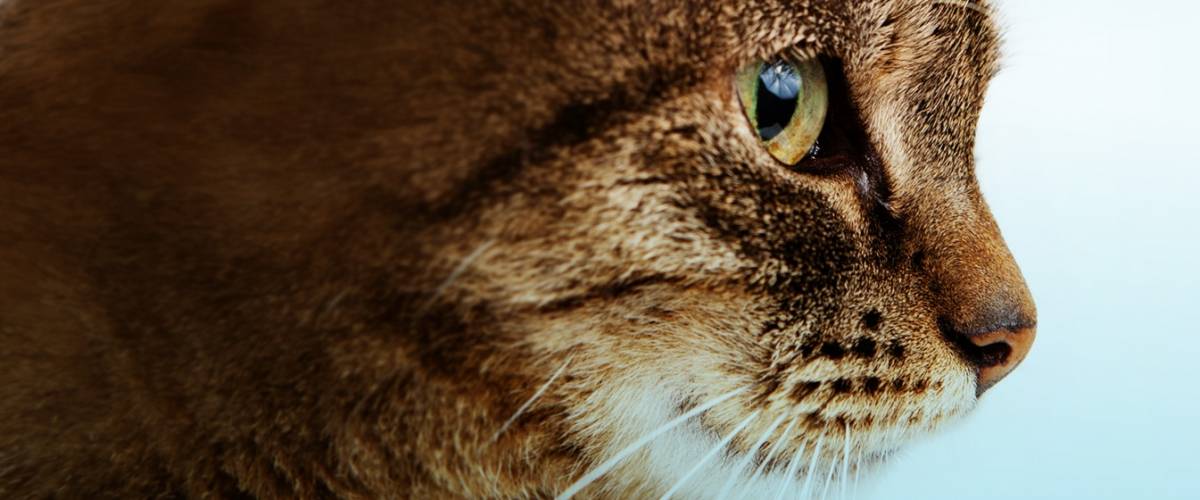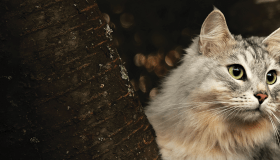
April 27, 2020 – Feline oral squamous cell carcinoma (FOSCC) is one of the most common and devastating pet cancers, and currently has no effective treatment. FOSCC accounts for 70% to 80% of all feline oral tumors. The average age of cats diagnosed with this disease is 10 years, and it affects males and females equally. FOSCC makes eating and breathing difficult for cats and causes severe pain. Prognosis is poor, with less than 10% of cats diagnosed surviving longer than one year
Although FOSCC tumors spread slowly, the cancer is aggressive, burrowing deep into the bones of the jaw and oral cavity, making it nearly impossible to remove surgically. While FOSCCs are resistant to chemotherapy, they are radiation sensitive, and surgery often is combined with radiation to control the tumor. Unfortunately, side effects due to radiation are common, adding to a patient’s discomfort and impairing their quality of life. That’s why new treatments are so desperately needed.
Morris Animal Foundation has been funding studies specifically focused on FOSCC for just over 10 years and one current study at the University of Minnesota is showing exciting results.
Tumors need nutrients to grow and many cancer cells are adapted to using different nutrient sources, such as lactic acid, than noncancerous cells. This is both a strength and a weakness. The study’s Principal Investigator, Dr. Erin Dickerson, thought she could exploit this difference to treat cats with FOSCC.
“Tumor cells are very greedy,” said Dr. Dickerson. “They’re selfish and hungry. They even convince other noncancerous cells around them to make food for them. This is called metabolic symbiosis. We set out to determine whether it existed in FOSCC and then see if we could exploit it.”
Dr. Dickerson’s secret weapon is an agent that disrupts lactic acid transport between tumor cells and fibroblasts, the noncancerous cells that the tumor cells convince to supply them with food. The compound, which originally was developed to treat head and neck cancers in people, prevents the cancer cells from “eating” the lactic acid made by the fibroblasts. Dr. Dickerson’s team thought the same approach might work in cats. The team was able to show that metabolic symbiosis was at play in FOSCC, and they tested the new drug in cells in their laboratory with promising results. Dr. Dickerson recently published her findings and is excited to see if her team can now move the drug or similar drugs into the clinic.
Of course, studies like these take vision as well as investment. And that’s why Morris Animal Foundation, with the generous support of our donors, continues to fund the work of Dr. Dickerson and other veterinary oncology researchers working diligently to change the odds for cats suffering from this devastating cancer.




